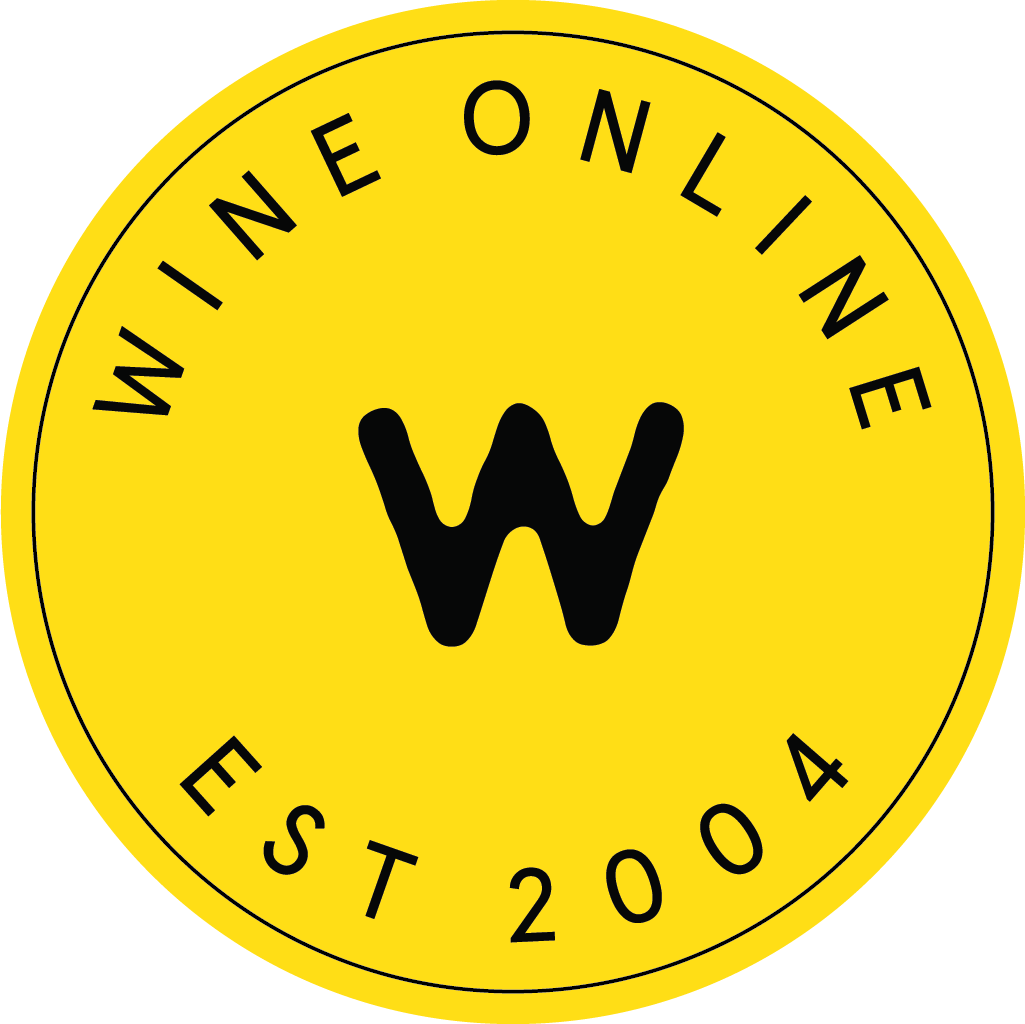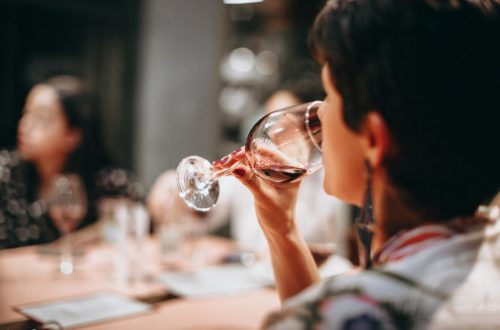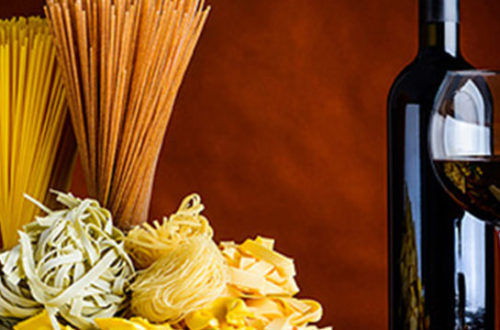Rioja
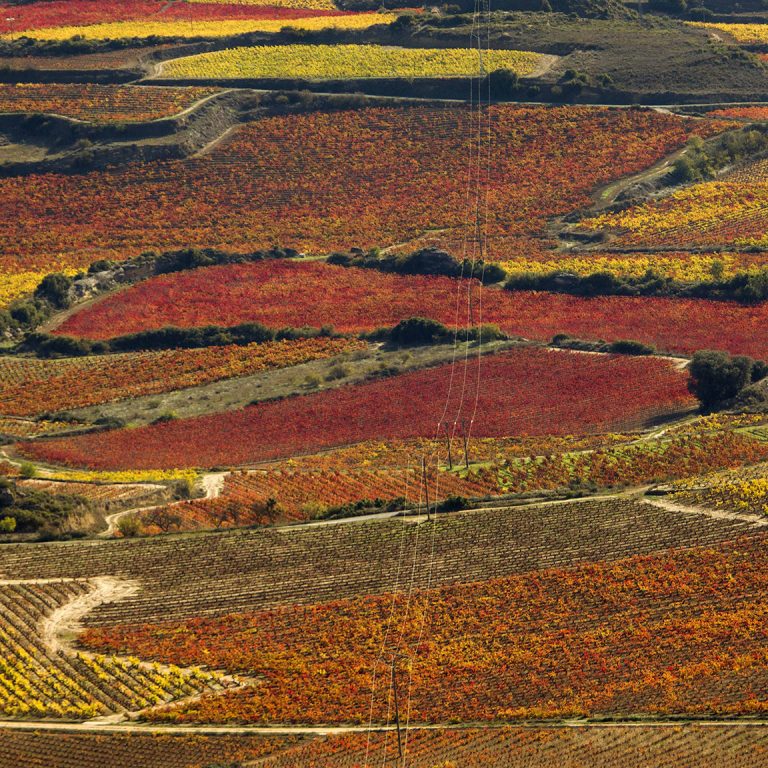
Rioja is known around the world for age-worthy wines with a traditional sensibility. More recently, this benchmark Spanish region has been steadily building its modern-day reputation around innovation and everyday, food-friendly wines. Though Rioja’s reputation has been built upon unforgettable, oak-aged reds, the region’s diverse terroirs, grape varieties, and winemaking practices also create a broad spectrum of easy-to-drink red, white, and rosé wines that consumers can turn to for excellent value—with each bottle marked with the distinctive Rioja seal that guarantees authenticity.


Photo courtesy of Rioja Wines.
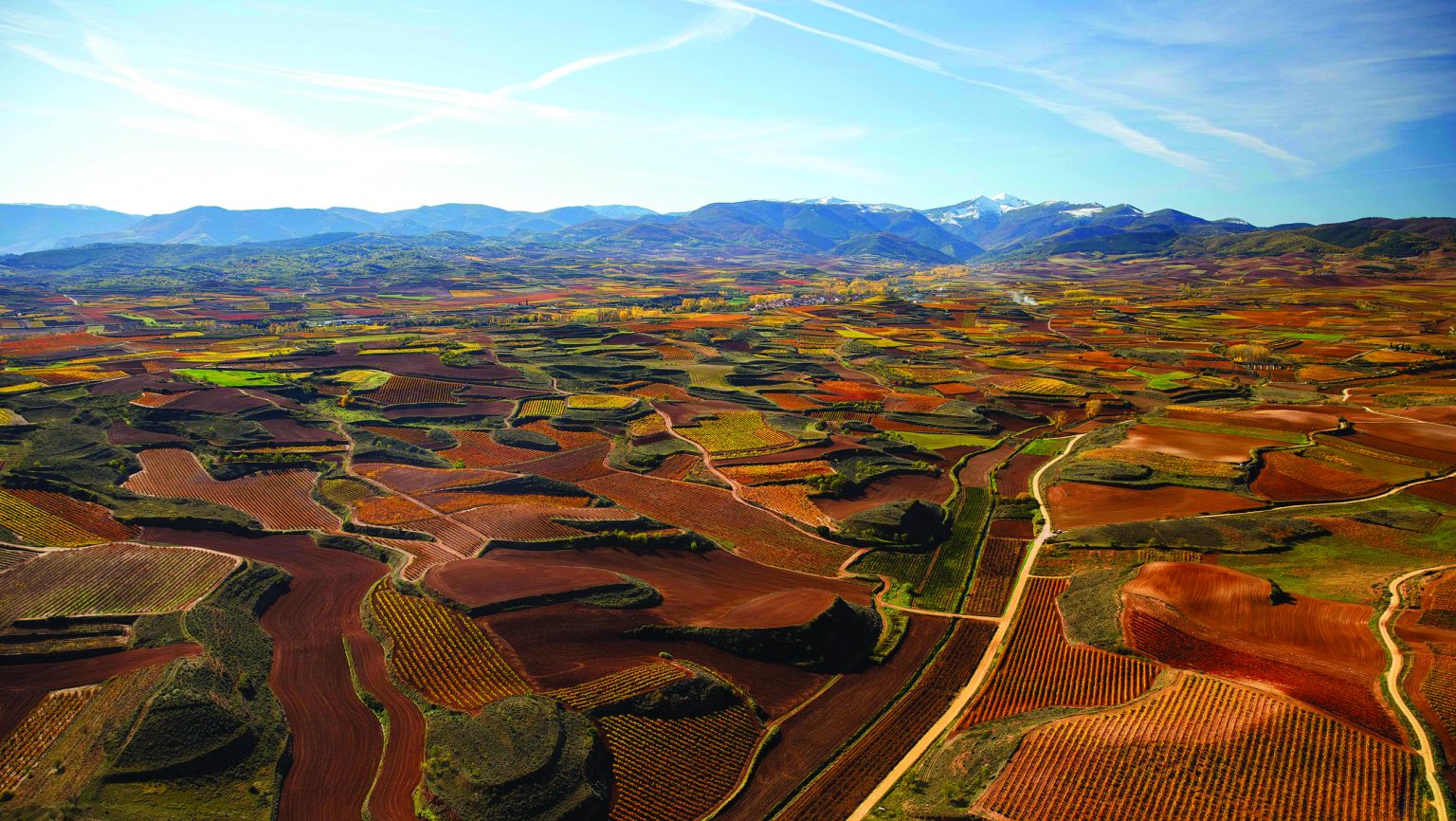 Photo courtesy of Rioja Wines.
Photo courtesy of Rioja Wines.
Home to some of the region’s most prized wine villages and the greatest concentration of century-old wineries, Rioja Alta is an essential zone of Rioja DOCa. It is known for small plots of vines with unique orientations, creating remarkable diversity in this zone.
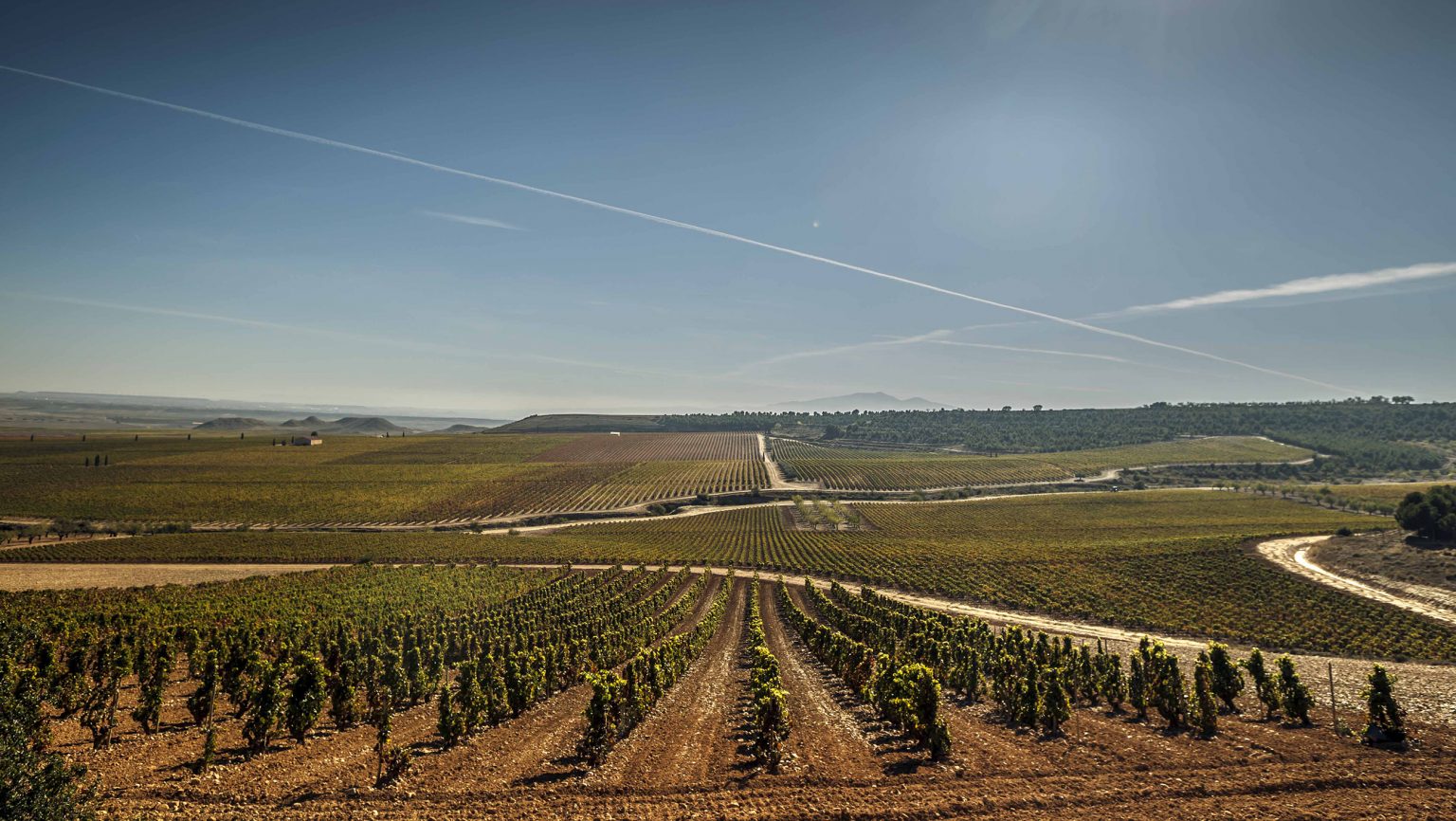 Photo courtesy of Rioja Wines.
Photo courtesy of Rioja Wines.
The historic village of Alfaro anchors Rioja Oriental, the easternmost zone of Rioja DOCa, where Mediterannean influences and high-altitude mountain ranges converge upon large parcels of sunny, warm vineyards.
 Photo courtesy of Rioja Wines.
Photo courtesy of Rioja Wines.
Modernity meets tradition in Rioja, as exemplified by Frank Gehry’s magnificent design in the village of El Ciego, just one of Rioja’s many architectural wineries. It is at home in the zone of Rioja Alavesa, where Atlantic influences dominate against a backdrop of the Cantabrian mountains.
 Photo courtesy of Rioja Wines.
Photo courtesy of Rioja Wines.
Tempranillo is the most important grape variety of Rioja, accounting for nearly 80 percent of vineyards and forming the backbone of many red Riojas. Whether vinified as a varietal wine or blended with other grapes, its identity always shines through.
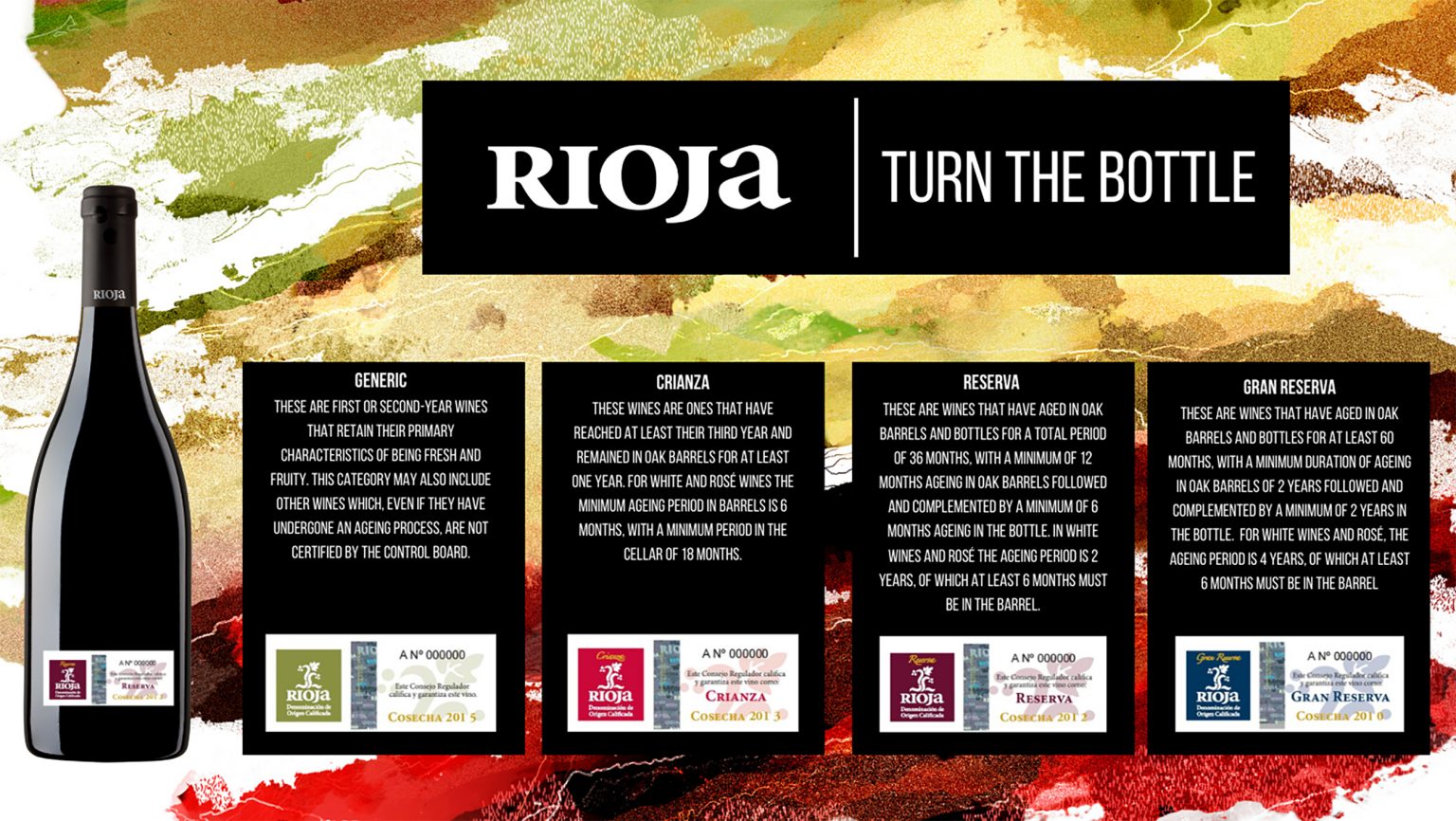 Photo courtesy of Rioja Wines.
Photo courtesy of Rioja Wines.
Out of the 67 wine regions in Spain, Rioja is one of only two regions with the DOCa classification. The Rioja Trust Seal usually appears on the back of the bottle. It is an assurance of authenticity and rigorous quality control measures from vineyard through bottling. The trust seal highlights the ageing level of that bottle of Rioja by the color code. Each bottle has an assigned number and an anti fraud hologram. This Trust seal is granted by the Rioja Regulatory Control Board established in 1925.
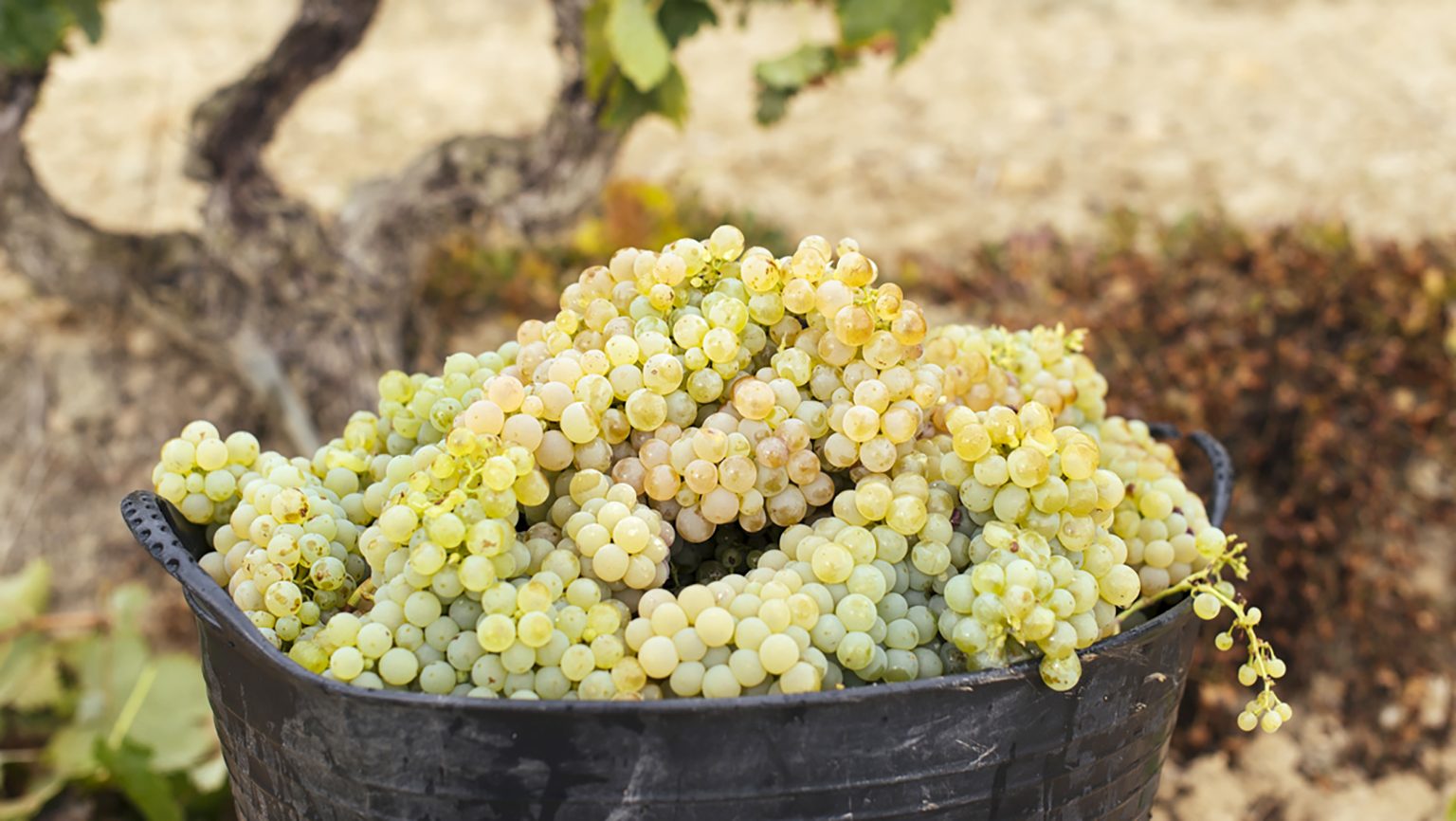 Photo courtesy of Rioja Wines.
Photo courtesy of Rioja Wines.
Known elsewhere as Macabeo, Viura is Rioja’s primary white grape variety. Its bright acidity and full aromas create the perfect foundation for both youthful and age-worthy white wines.
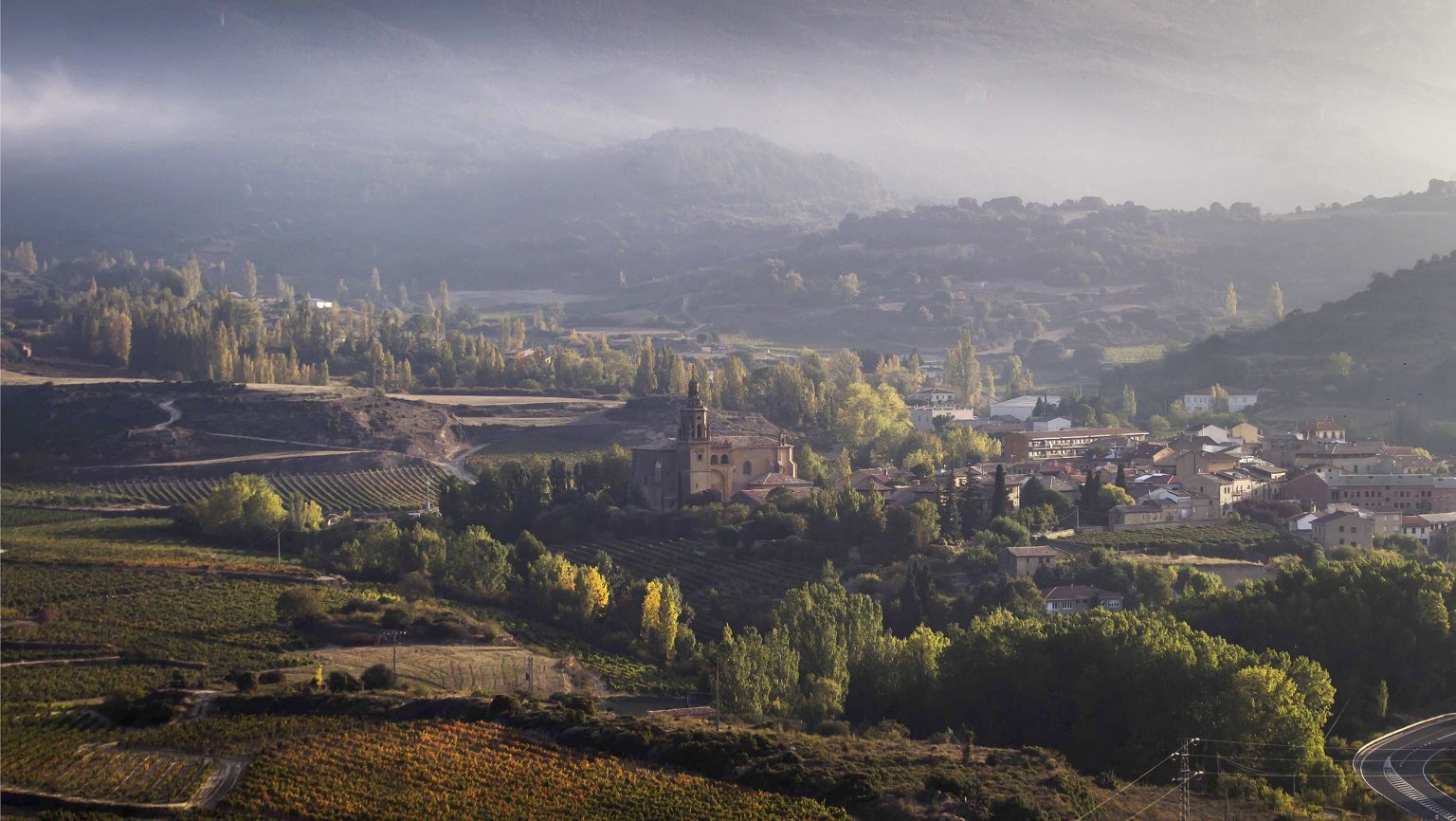 Photo courtesy of Rioja Wines.
Photo courtesy of Rioja Wines.
Across the 210 square miles of Rioja sit 144 authorized grape-growing villages, such as Abalos, which is nestled into the foothills of the Cantabrian mountains on the left bank of the Ebro River.
This advertising content was produced in collaboration with SevenFifty and our partner, Rioja Wines.
With more than 600 wineries, 14,800 winegrowers, and centuries of history, Rioja is Spain’s leading wine region. Not only was it the first Spanish region to be awarded Denominación de Origen (DO) status in 1925, but it was also the first to be elevated to the prestigious Denominación de Origen Calificada (DOCa) status, in 1991. Nearly 30 years later, there are still only two regions in Spain (out of 67) that have met the stringent standards for DOCa classification.
Rioja is most well known for its red wines, which are made primarily from the Tempranillo grape variety and aged in the region’s huge collection of oak barrels—a tradition tied to the long and winding history of Rioja itself. Many wineries are more than a century old, and quality winemaking techniques honed over generations have been passed down to today’s Rioja winemakers.
But while Rioja is known for producing legendary, benchmark wines, that isn’t all there is to this dynamic region. Rioja has always been ready to adapt to modern trends and techniques, harnessing its diversity of climate, soils, and grape varieties and experimenting with new winemaking practices to create a wide spectrum of ready-to-drink wines with excellent value. Red, white, and rosé wines can range from refreshing and fruity to serious and intricate, and winemakers are continuously experimenting with new styles and techniques. Thirst-quenching acidity and moderate alcohol also make these Rioja wines perfect with a variety of foods.

Geography
With vines planted on both sides of the Ebro River in north-central Spain, the region of Rioja stretches over 100 kilometers from Haro in the northwest to Alfamo in the southeast. Here, Atlantic and Mediterranean climates converge. Shielded by the Cantabrian mountains from northwesterly, rainy winds, the region enjoys mild temperatures and just over 400 millimeters of rainfall per year.
64,000 hectares of grapevines are planted on successive terraces, some reaching 2,600 feet above sea level, in a range of clay-limestone, clay-ferrous, and alluvial soils. This diversity of soils, elevations, and exposures creates Rioja’s wide range of high-quality wines.
History
As the first Spanish wine region to obtain DO status and the first to be elevated to the stringent DOCa classification, Rioja is at the forefront of quality winemaking in Spain. But the region’s history of quality winemaking stretches long before the 20th century. Roman-era archaeological remains of wineries and wine presses indicate that viticulture has been present in Rioja for more than 2,000 years, and its importance was only cemented when the demand for wine increased after the Middle Ages.
In 1787, the Real Junta de Cosecheros, or Royal Board of Winegrowers, was established in order to promote grape-growing and improve wine quality in Rioja while simultaneously strengthening the trade for these wines in other markets. This link to outside markets distinctly influenced the style of Rioja wines in the late 1800s, when an influx of French merchants, unable to do business in their phylloxera-stricken country, landed in the region. Barrel aging—specifically in 225-liter barricas, typically made from American oak—became the norm, creating Rioja’s distinctly soft texture and distinct oak aromas.
In the years since, Rioja has continued to adapt to modern demands and techniques while maintaining its strong winemaking heritage. The 1970 vintage marked a new standard for both production and marketing in the region, giving Rioja the platform to become one of the world’s benchmark wine regions.
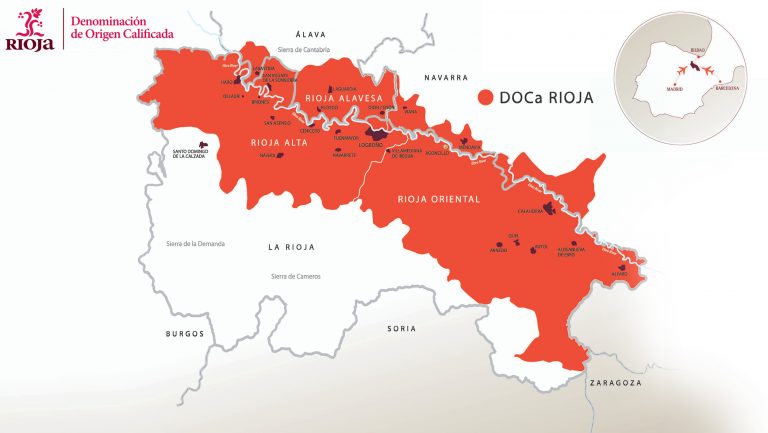
Key Regions
Rioja’s 210 square miles of land are divided into three zones: Rioja Alta, Rioja Alavesa, and Rioja Oriental (known as Rioja Baja until 2018). While all produce wines carrying Rioja’s unmistakable identity, each region is climatically distinct. Traditionally, winemakers blended components from all three regions to create complete wines that harnessed the best qualities of each sub-zone. Today, some modern winemakers are instead choosing to highlight the individual regions through terroir-specific Rioja wines.
Rioja Alta
Covering the westernmost area of the region, Rioja Alta benefits from an Atlantic-influenced climate. Most vineyards are located south of the Ebro River, planted on high (“alta”) terraces. While soils are varied, Tempranillo thrives in Rioja Alta’s high concentration of clay-limestone soils, tinged red from the presence of iron. Home to Rioja’s most famous villages and century-old wineries, Rioja Alta is also the center of the region’s tourism.
Rioja Alavesa
Bordered by the Cantabrian mountains to the north and the Ebro River to the south, the Atlantic-influenced Rioja Alavesa is known for its high elevations and cooler temperatures. Though the zone is small, it produces high-quality wines with bright acidity from clay-limestone soils.
Rioja Oriental
In eastern Rioja, Mediterranean influences and lower altitudes create the dry, warm climate of Rioja Oriental. Soils are more varied than they are in Rioja Alta or Alavesa, with more alluvial and ferrous clay components. This sub-region, where gentle northern winds promote healthy grapes, is an important source of ripe, abundant grapes, particularly Garnacha.
Key Grape Varieties
The grape varieties used to create Rioja’s wines have largely been selected over centuries, based on which varieties produce high quality wines in the region’s climate and soils. Though Rioja may be produced as a varietal wine, more often it is vinified as a blend of several grape varieties. These varieties, combined with the particularities of terroir within Rioja’s zone and individual vinification and aging decisions from the winemaker, contribute to Rioja’s diverse spectrum of red, white, and rosé wines.
Tempranillo
The most important red grape variety in Rioja and comprising over 75 percent of overall plantings, Tempranillo is intrinsic to the identity of Rioja wines. Its wines are exceptionally well-balanced, with smooth mouthfeel, lifting acidity, and persistent fruit flavors, and versatile, from fresh and easy-drinking to complex and age-worthy.
Garnacha
A natural complement to Tempranillo, this drought-resistant Spanish grape produces wines with lovely aromas and freshness in cool climates, which balances its full body and tendency towards high alcohol. It is also an important component in rosé Rioja wines.
Graciano
Native to Rioja, Graciano thrives in clay-limestone soils and cool climates. Plantings are increasing due to the grape’s resistance to mildew, excellent structure, and unique aroma.
Mazuelo
Known elsewhere as Carignan, Mazuelo has likely been grown in Rioja for centuries. Though it comprises a small portion of the region’s vines, the grape’s high acidity and tannic structure add longevity to Tempranillo-based reds.
Maturana Tinta
Intensely colored and high in acidity, this grape variety is unique to Rioja. Though it comprises a small proportion of plantings, it highlights the heritage and diversity of the region.
Viura
The most important white variety in Rioja, Viura (known as Macabeo elsewhere in Spain) produces fruity and floral wines with bright acidity. This excellent structure creates quite versatile wines, from vibrant, young wines to complex, aged ones.
Malvasía de Rioja
Distinct from the many other Malvasias found around the world, Malvasía de Rioja was once the most-planted white grape in Rioja. It produces excellent quality wines with intense aromas and rich texture.
Garnacha
Best grown in cool areas, Garnacha can produce fresh and easy-drinking wines.
Tempranillo Blanco
Cultivated from a single vine mutation discovered in 1988, Tempranillo Blanco is only found in Rioja. It produces fruity and aromatic wines with mouthwatering acidity.
Other white grape varieties include: Turruntés, Verdejo, Chardonnay, and Sauvignon Blanc.

Aging Classifications
While Rioja’s identity is tied to the vineyard, winemaking and aging decisions have long been essential components of Rioja’s wide stylistic range. Red, white, and rosé wines may all range from fresh and easy-drinking to thought-provoking and age-worthy—hence why there is a Rioja appropriate for any occasion.
Since barrel aging was first introduced to the region, it has been clear that Rioja wines are capable of exceptional aging potential, whether in traditional American oak, more modern French oak, or a combination of the two. In fact, Rioja’s minimum aging requirements supersede the requirements set out for other Spanish wine regions, and over 65 percent of red Rioja wines are aged in barrel and bottle before release. Even within the spectrum of barrel-aged Rioja, wines may be born of differing ideologies: the subtler tones of muted fruit, dill, and cedar found in traditional Riojas, or the overt notes of dark, extracted fruit and vanilla found in modern Riojas.
Despite the historic, barrique-filled cellars of Rioja, many of the region’s wines—particularly whites and rosés—are vinified in stainless steel and bottled early at approachable price points, meant to be consumed young. All of these wines, from generico to gran reserva, will have the Rioja seal on the back of the bottle as a signal of both quality and authenticity. Regardless of whether a wine has aged for decades or months before bottling, the Rioja DOCa’s rigorous minimum aging regulations guarantee that every bottle is ready to drink when it is released.
Generico
Young wines with little to no barrel aging are often designated as cosecha and distinguished by freshness and primary fruit flavors. These wines are accessible and often affordable, making them excellent, everyday Rioja wines. Generico may also be used as a more flexible category for wines that do not follow standard winemaking or aging processes.
Crianza
Red crianza wines must be aged for at least one year in barrel and one year in bottle, while white wines must spend at least six months in barrel. These are often everyday wines with juicy fruit flavors and subtle oak notes.
Reserva
Specially selected red wines are aged for at least three years total to achieve reserva designation, with a minimum of one year in barrel and six months in bottle. White wines must spend at least two years aging, with six months in barrel. Reserva Riojas are often characterized by elegance, concentration, and complexity.
Gran Reserva
Only produced in the best vintages, gran reserva Riojas are some of the world’s most renowned wines. While many gran reservas far exceed minimum aging requirements, red wines must spend at least five years aging, with at least two in barrel and two in bottle. White wines must spend at least four years aging, with one year in barrel. Expect layers of long, persistent aromas and flavors in these remarkable wines.
What’s Happening in Rioja Today?
Rioja is a region where generations of tradition have influenced every bottle of Rioja wine produced today—but that doesn’t mean that today’s winemakers don’t continue to experiment and innovate. In 2017, the Rioja DOCa added a new category to allow for the production of white and rosé sparkling wines, called Espumosos de Calidad. The quality standards are stringent, requiring the traditional method of sparkling vinification, at least 15 months of aging before release (more for reserva and gran reserva wines), and low sugar levels (not exceeding brut).
Recently, there has also been a new focus on origin specificity within the Rioja region, with winemakers looking to highlight the unique qualities of a specific zone, village, or vineyard. While wineries have been permitted to label Rioja wines with a specific zone (Vinos de Zona) or village (Vinos de Municipio) for more than two decades, the DOCa updated this legislation in 2017 to allow these origins to be more visible on labels. At the same time, the Viñedo Singular classification was created, allowing producers to register and print single vineyard names on wine labels.
Content retrieved from: https://daily.sevenfifty.com/regions/rioja/#rioja-1.
